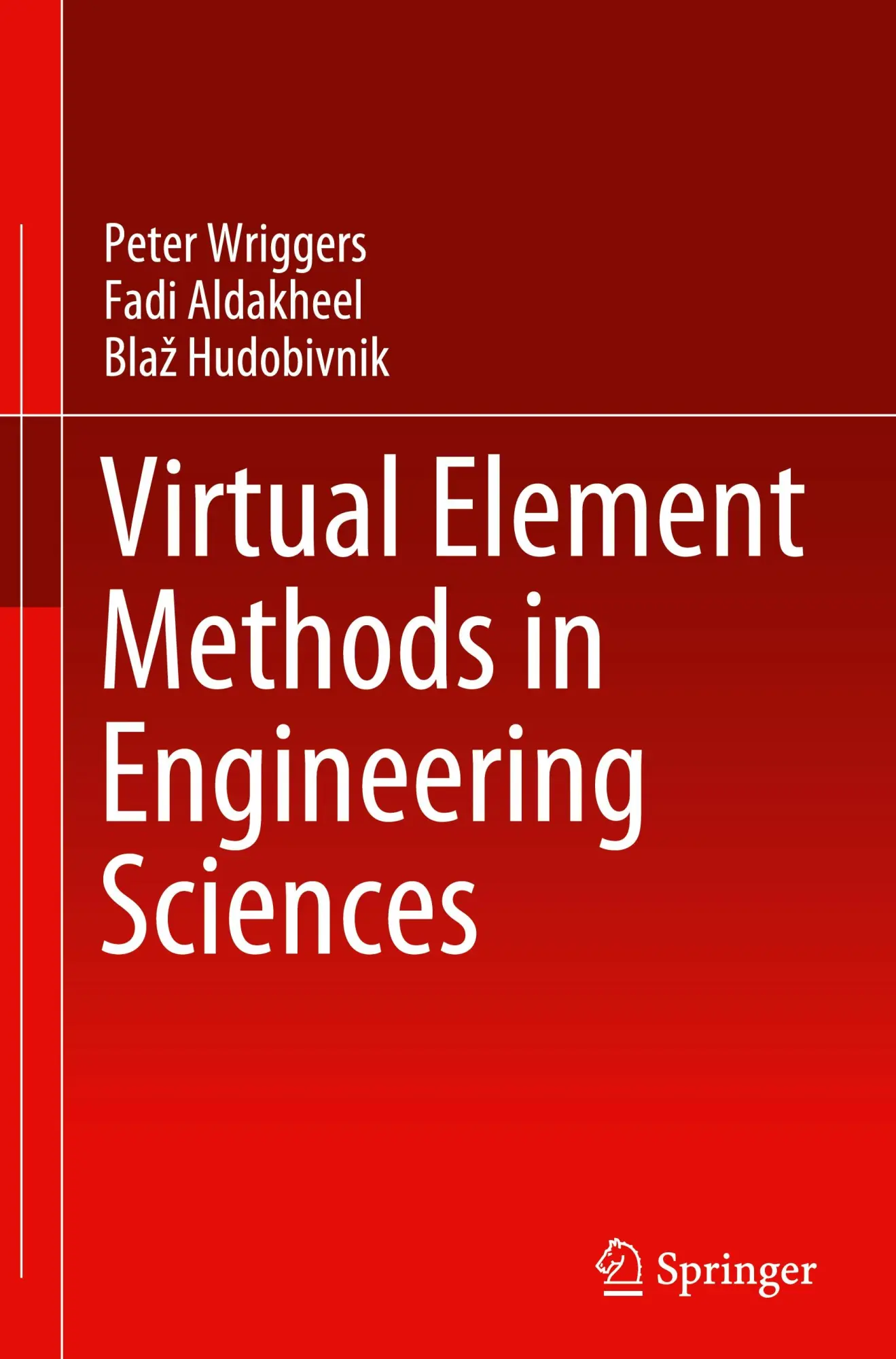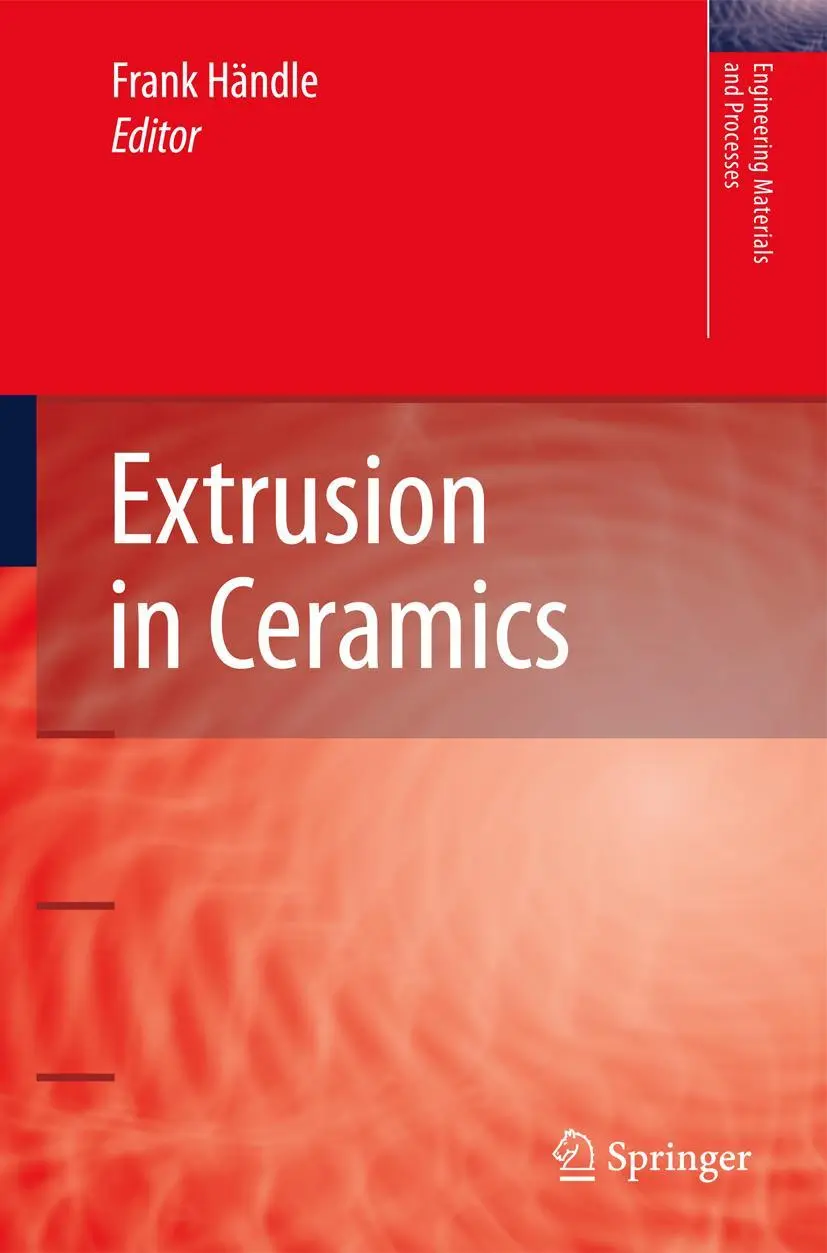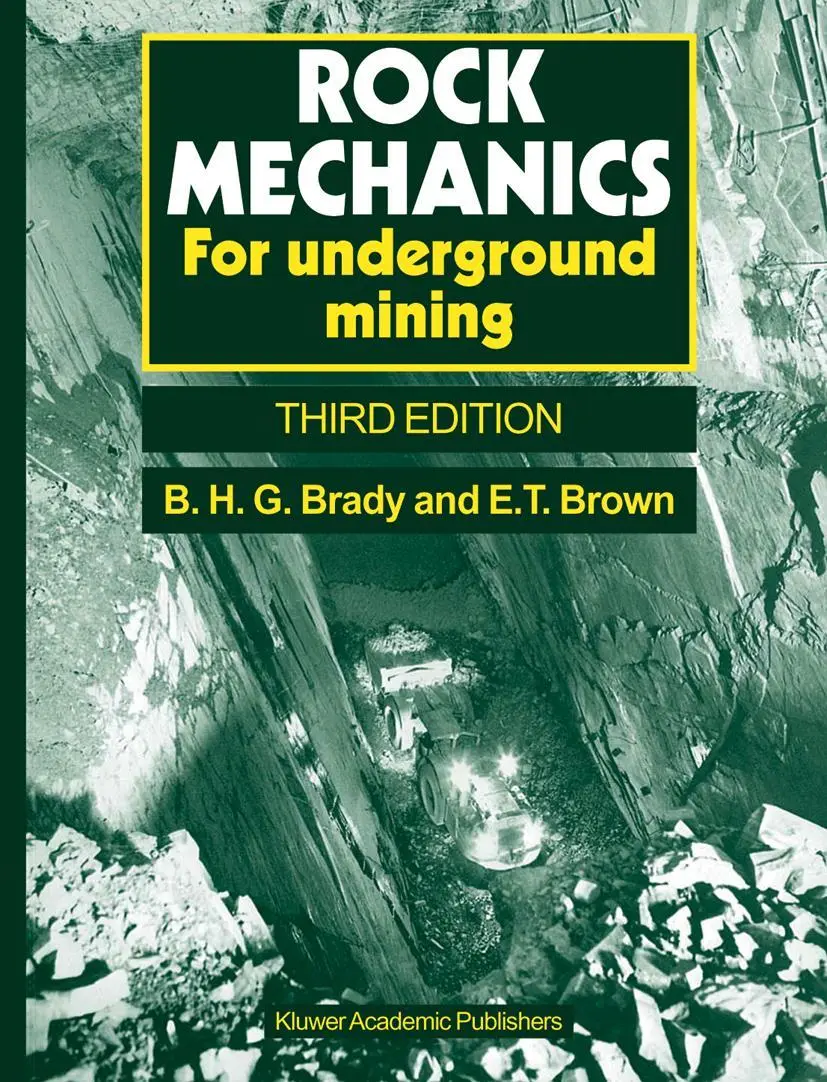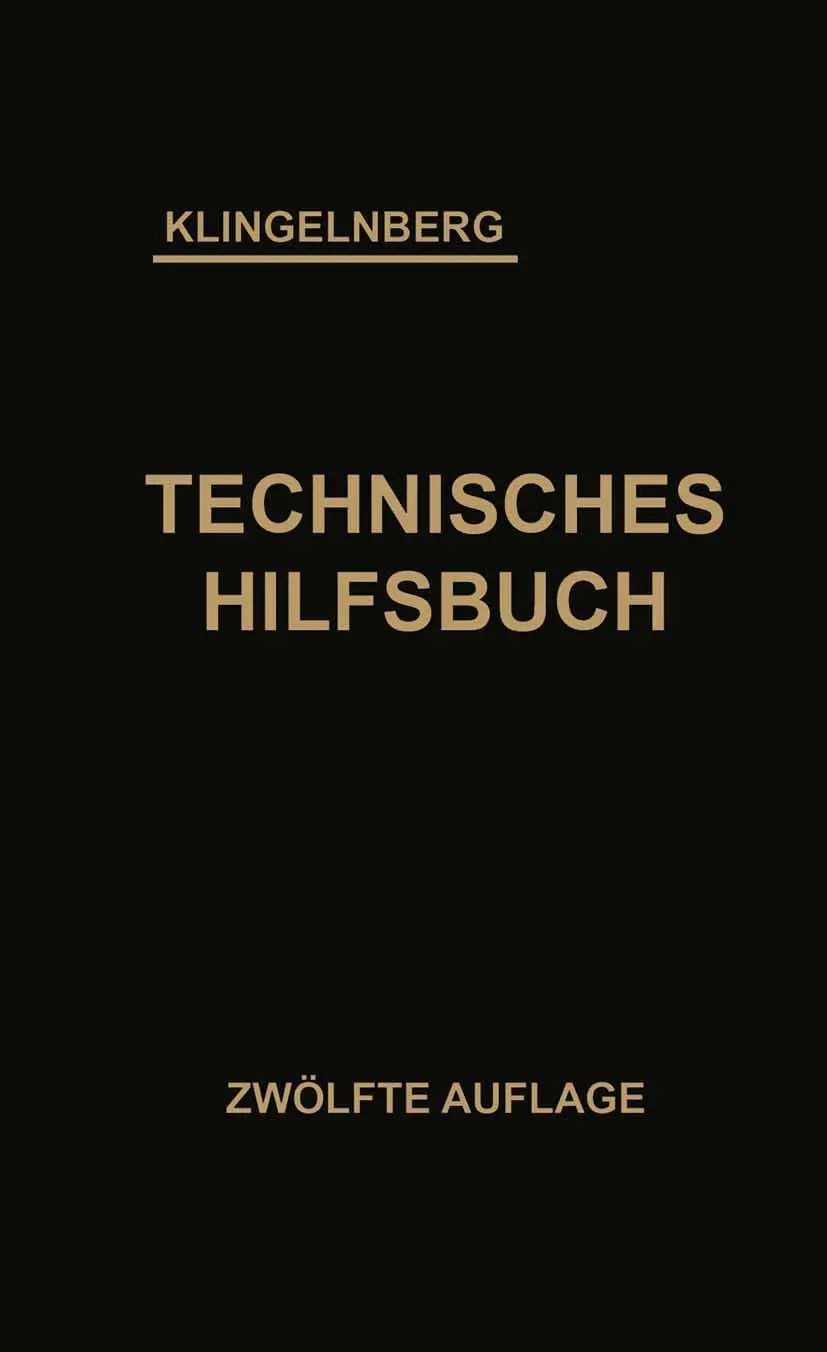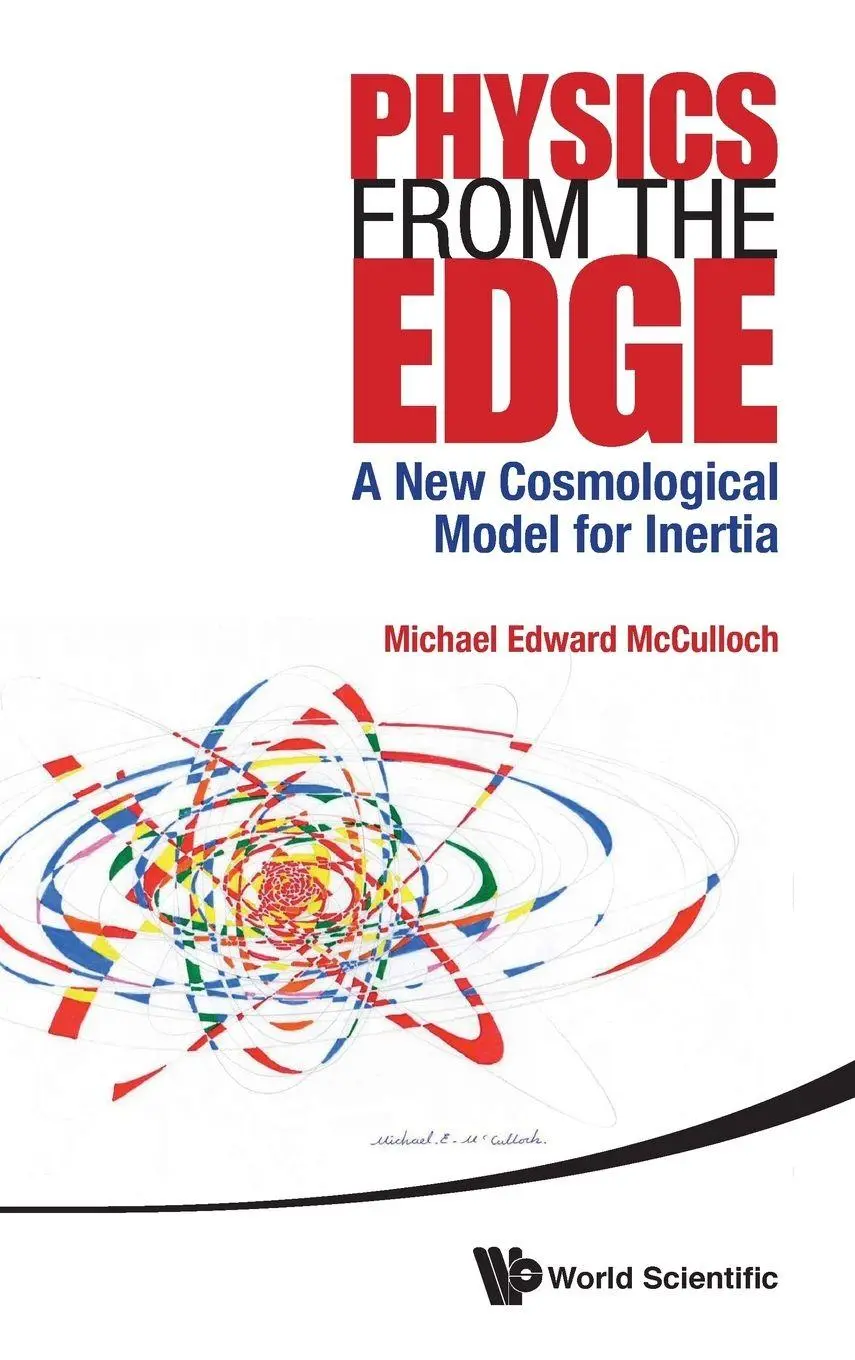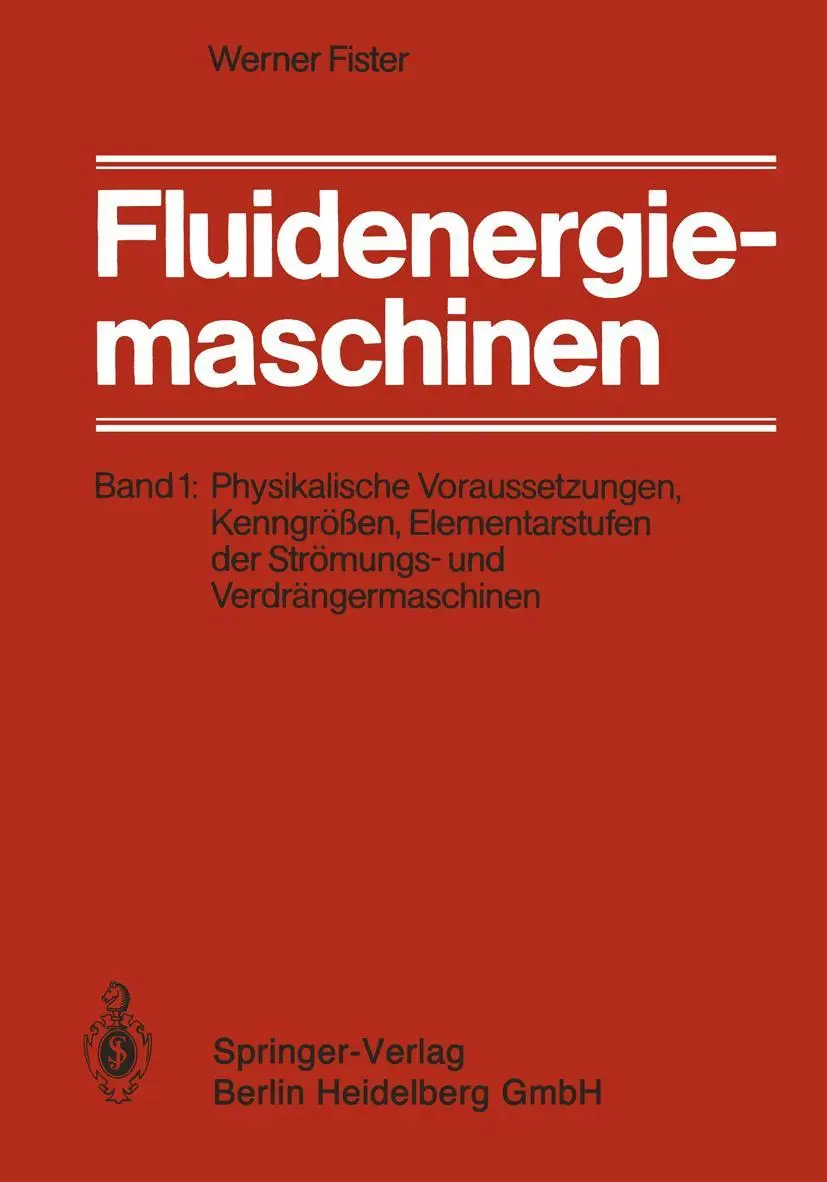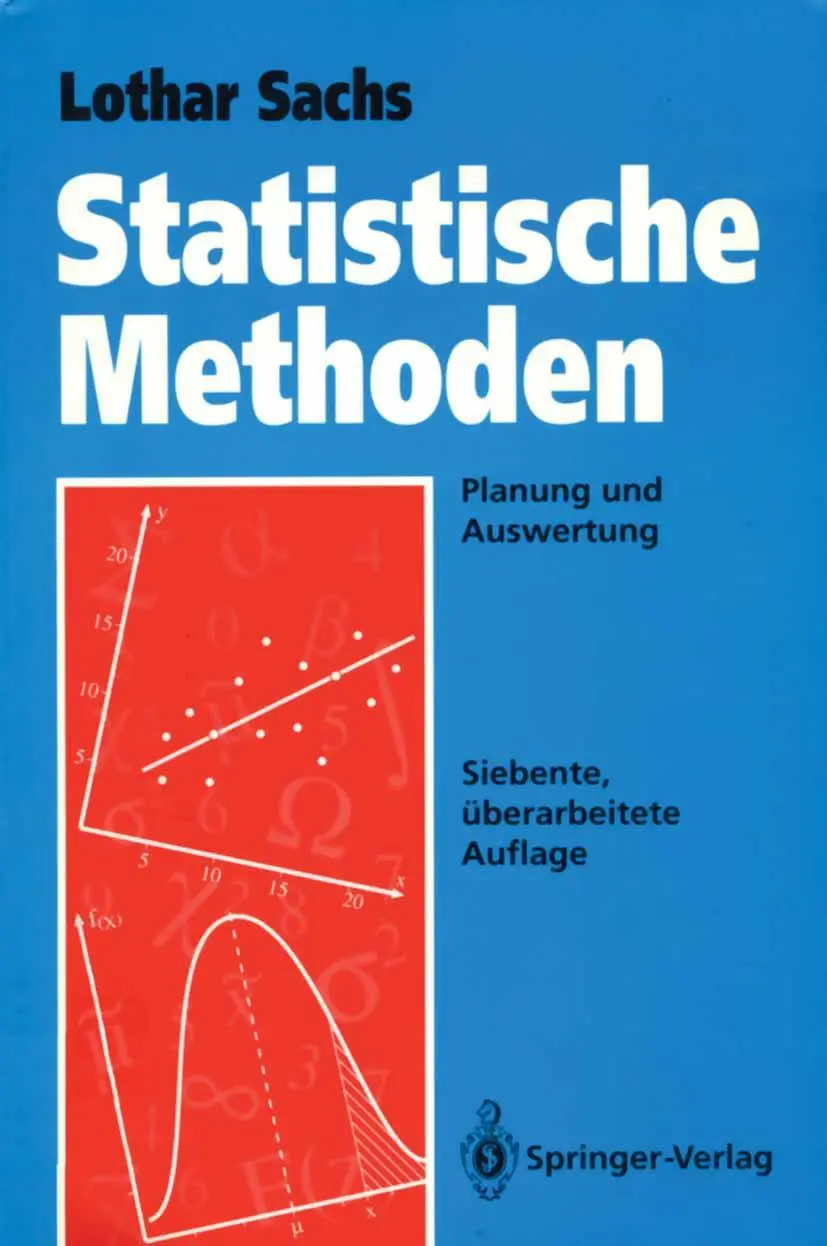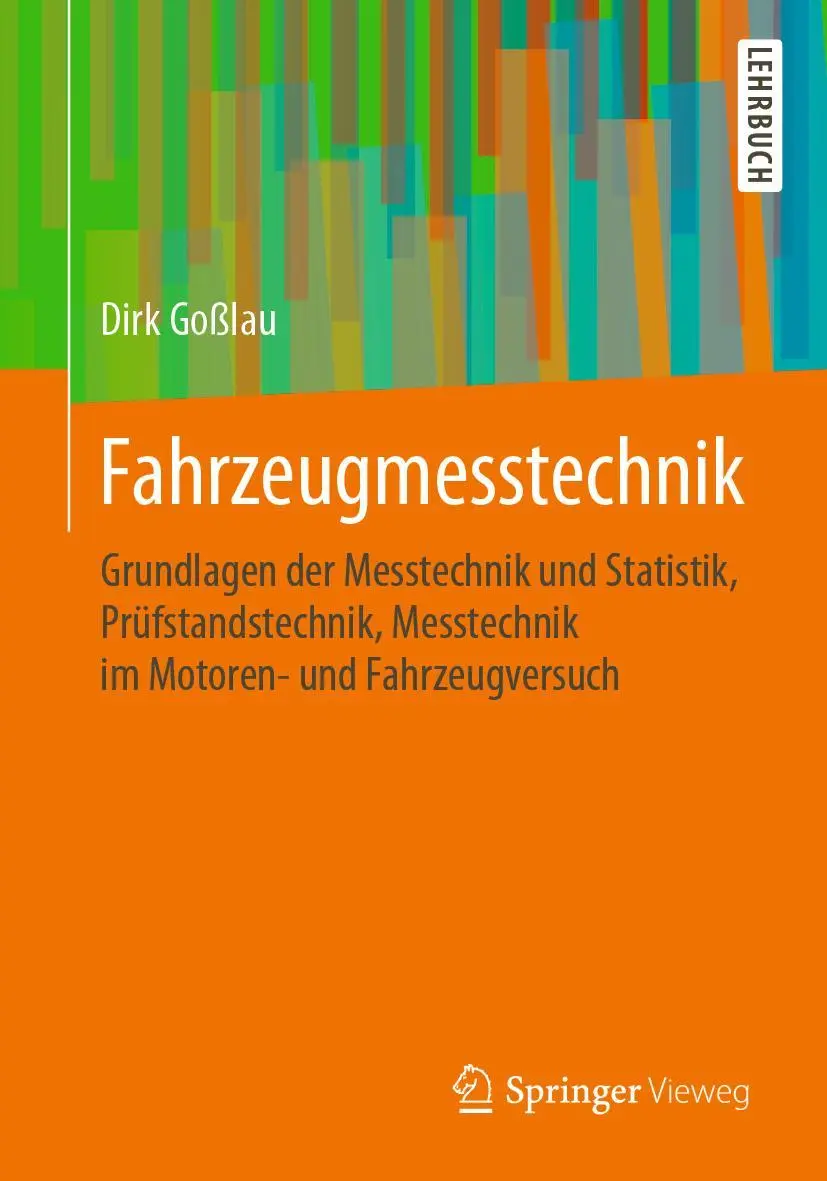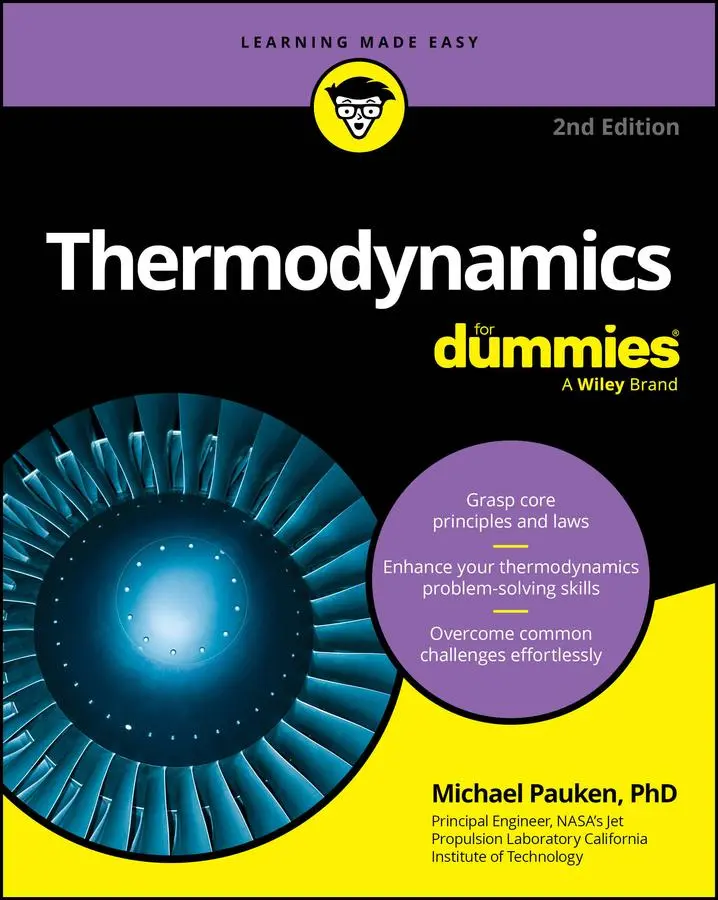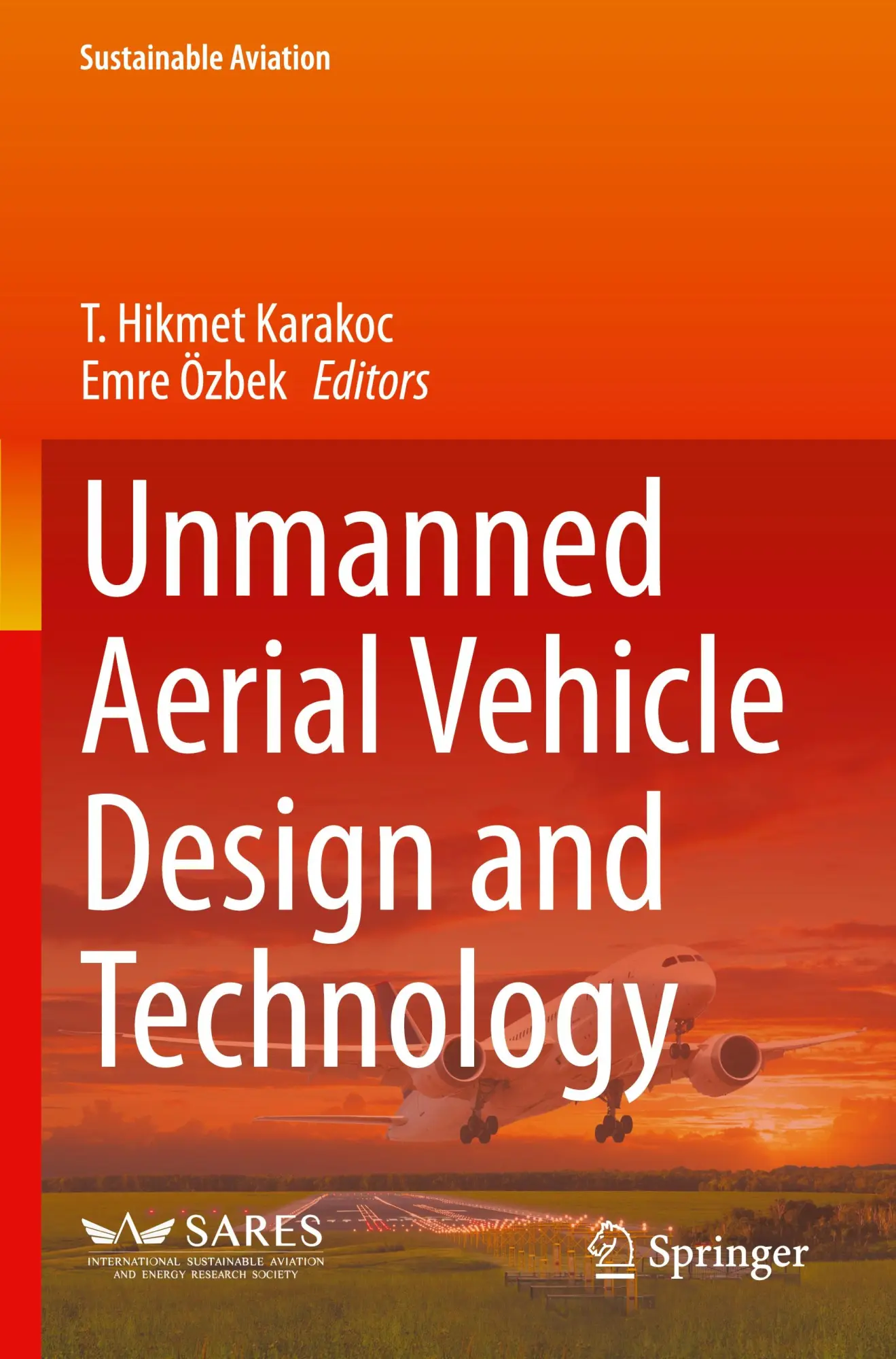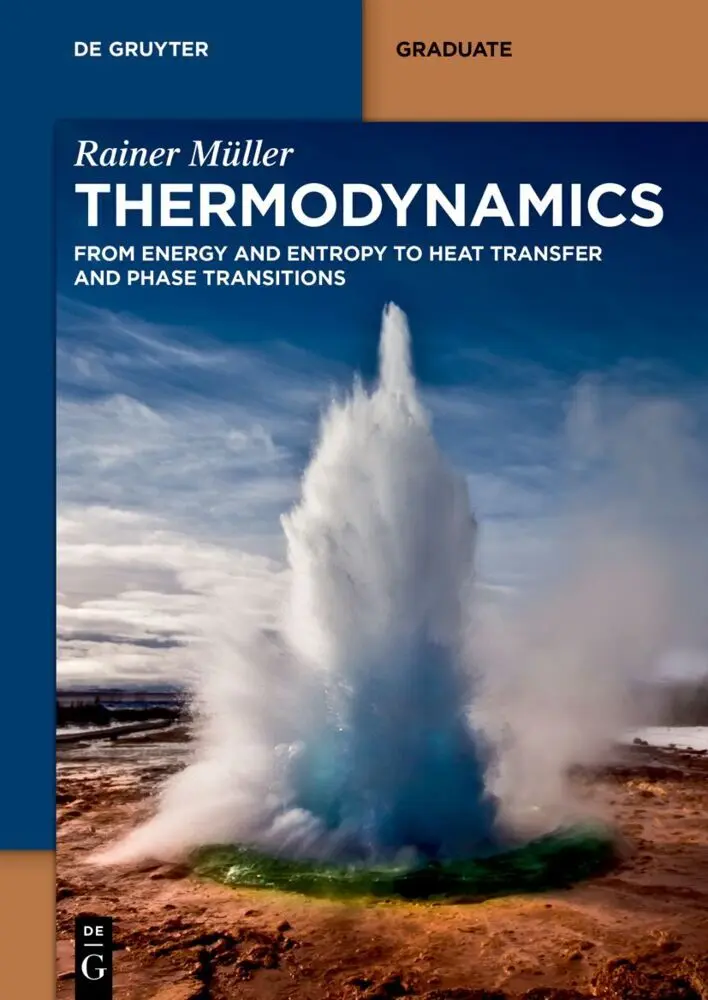152,95 €
Versandkostenfrei per Post / DHL
Lieferzeit 1-2 Wochen
Professor Dr.-Ing. habil. P. Wriggersstudied Civil Engineering at the University Hannover; he obtained his Dr.-Ing degree at the University of Hannover in 1980 on "Contact-impact problems." Since April 2022, he is Emeritus Professor at Leibniz Universität Hannover. Peter Wriggers is Member of the "Braunschweigische Wissenschaftliche Gesellschaft," the Academy of Science and Literature in Mainz, the German National Academy of Engineering "acatech" and the National Academy of Croatia. He was President of GAMM, President of GACM and Vice-President of IACM. Furthermore, he acts as Editor-in-Chief for the International Journal "Computational Mechanics" and "Computational Particle Mechanics." He was awarded the Fellowship of IACM and received the "Computational Mechanics Award" and the "IACM Award" of IACM, the "Euler Medal" of ECCOMAS as well as three honorary degrees from the Universities of Poznan, ENS Cachan and TU Darmstadt.
Professor Dr.-Ing. habil. F. Aldakheel is since April 2023 professor for high performance computing at Leibniz Universität Hannover. After studying engineering in Aleppo, he initially worked at Alfurat University in Syria before moving to the Institute of Applied Mechanics at the University of Stuttgart for the master and Ph.D. studies and then the postdoc period. There he was course director for the international master's programme "Computational Mechanics of Materials and Structures" (COMMAS) as well as local director for the excellence programme "Erasmus Mundus Master of Science in Computational Mechanics". Most recently, he was Chief-Engineer/Group-Leader at the Institute for Continuum Mechanics at Leibniz Universität Hannover and Associate Professor (Honorary) at the Zienkiewicz Centre for Computational Engineering at Swansea University, UK. He has been awarded numerous awards, among them the Richard-von-Mises Prize of GAMM (Association of Applied Mathematics and Mechanics). His research interests are related tothe modeling of material behaviors, variational principles, computational solid mechanics, structural mechanics, finite and virtual element methods, multiphysics and multi-scales problems, machine learning, energy transition and experimental validation.
Dr. Bla Hudobivnik studied Civil Engineering at the University of Ljubljana. He was awarded his Doctoral degree in 2016 under the supervision of Prof. Joe Korelc. He worked as Young researcher/Researcher between 2011 and October 2016 at the University of Ljubljana and after that he was employed as Postdoctoral researcher until April 2023 at the Institute of Continuum Mechanics at the Leibniz Universität Hannover. Since April 2023 he is employed in industry as simulation expert in mechanical design of batteries. His primary research fields are efficient implementation of nonlinear coupled problems, the development of the virtual element method and its application to a wide range of engineering problems. This includes 2D and 3D applications for linear and nonlinear materials, for static and dynamic solids, plate and contact problems, coupled problems (thermo-hydro-mechanics), phase field methods, multi-scale and optimization problems. Alongside research, he advises other institute members in numerical implementations due to his expert knowledge of the Software-Tool AceGen/AceFEM, developed by his doctoral advisor Prof. Korelc.
Presents the history and recent developments of virtual elements
Includes several examples for deeper understanding of the formulations and associated algorithms
Describes new mathematical method for solution of ordinary and partial differential equations related to engineering
| Erscheinungsjahr: | 2023 |
|---|---|
| Fachbereich: | Fertigungstechnik |
| Genre: | Mathematik, Medizin, Naturwissenschaften, Technik |
| Rubrik: | Naturwissenschaften & Technik |
| Medium: | Buch |
| Inhalt: |
xv
452 S. 59 s/w Illustr. 181 farbige Illustr. 452 p. 240 illus. 181 illus. in color. |
| ISBN-13: | 9783031392542 |
| ISBN-10: | 303139254X |
| Sprache: | Englisch |
| Einband: | Gebunden |
| Autor: |
Wriggers, Peter
Hudobivnik, Bla¿ Aldakheel, Fadi |
| Auflage: | 1st edition 2024 |
| Hersteller: |
Springer International Publishing
Springer International Publishing AG |
| Verantwortliche Person für die EU: | Springer Verlag GmbH, Tiergartenstr. 17, D-69121 Heidelberg, juergen.hartmann@springer.com |
| Maße: | 241 x 160 x 29 mm |
| Von/Mit: | Peter Wriggers (u. a.) |
| Erscheinungsdatum: | 29.10.2023 |
| Gewicht: | 0,948 kg |

